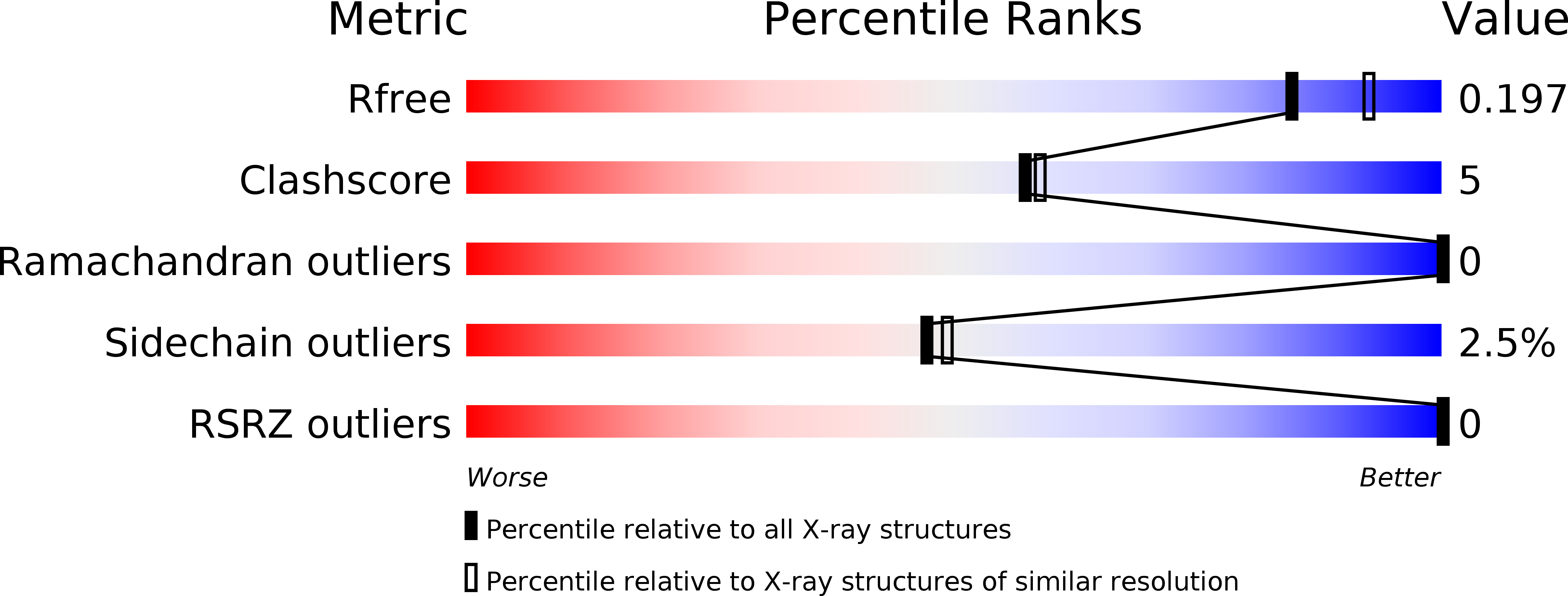
Deposition Date
2017-02-09
Release Date
2017-11-22
Last Version Date
2024-10-23
Entry Detail
PDB ID:
5UR7
Keywords:
Title:
Crystal structure of engineered CCL20 disulfide locked dimer
Biological Source:
Source Organism:
Homo sapiens (Taxon ID: 9606)
Host Organism:
Method Details:
Experimental Method:
Resolution:
2.00 Å
R-Value Free:
0.19
R-Value Work:
0.15
R-Value Observed:
0.16
Space Group:
P 61


